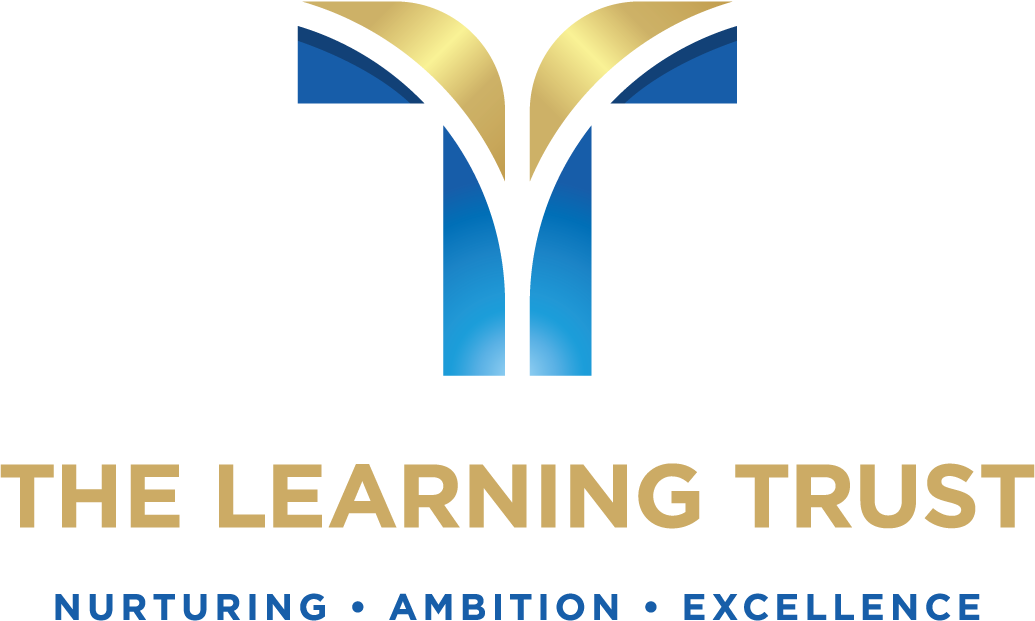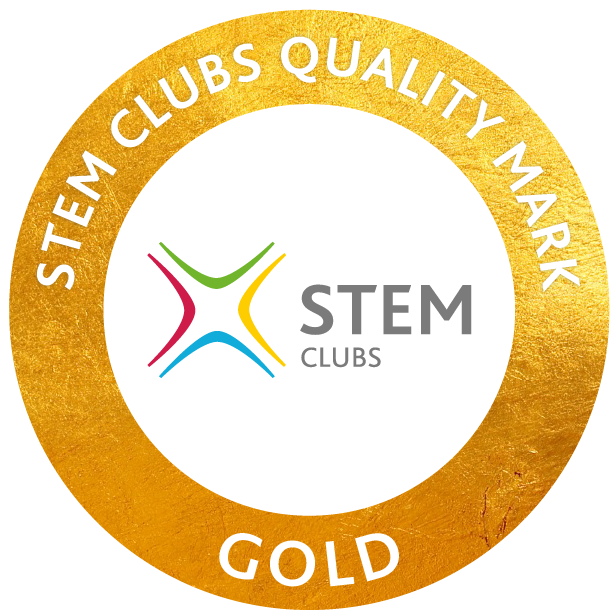Mathematics
| Subject: | Mathematics |
| Contact: | Mrs S Blears-Chalmers |
Overview:
As one of the core subjects, Mathematics is studied by all students at Key Stages 3 and 4. The traditional topics of Number, Algebra, Shape and Data Handling are re-enforced with problem solving and real life applications.
Mathematics is taught by enthusiastic and dynamic teachers who are dedicated to ensuring every student reaches their potential.
Key stage 3
Overview:
Students in Key Stage 3 are taught in ability groups for Mathematics. Problem solving and real life applications are developed through various teaching strategies using a mastery approach. Students are encouraged to discuss and justify their explanations in order for them to develop their deeper understanding of the concepts.
Curriculum Content
| Year |
Autumn term |
Spring Term |
Summer Term |
|---|---|---|---|
|
7 |
Place Value Addition and Subtraction Addition and Subtraction of decimals Multiplication Order of Operations |
Introduction to Algebra Fractions of amounts Multiplying and dividing decimals Angles |
Handling data Triangles and Quadrilaterals Symmetry & Tessellation |
|
8 |
Primes and factorising Addition & subtraction of fractions The functions & uses of money;budgeting/managing risk |
Sequences, expressions & equations Triangles, quadrilaterals & angles in parallel lines Length & area (parallelograms and trapezia) Rounding Circumference & area of a circle |
3D shapes & nets Surface area & volume Statistics Revision
|
|
9 |
Coordinates Proportion Scales and standard form Linear & non-linear sequences Expanding & factorising Changing the subject of the formula |
Linear equations & inequalities Graphical solutions Working with data Scatter graphs Probability Congruence Similarity & enlargement Transformations |
Pythagoras Theorem Trigonometry Angles in polygons Revision Constructions |
Assessment Criteria
Please find below the assessment benchmarks for Maths. A child progresses across the grid (from A-I) when they demonstrate a deeper knowledge and wider range of skills in each assessment carried out.
Key stage 4
Overview
The Key Stage 4 curriculum follows the Edexcel new GCSE Specification. There are two tiers of entry – Foundation and Higher.
Students are taught in ability groups and build on the foundations of the Key Stage 3 curriculum.
Higher attaining students are given the opportunity to study Further Maths, allowing them to develop higher level thinking in preparation for A-Level studies.
Exam board and course
Maths GCSE – Edexcel
Further Maths Certificate - AQA
Curriculum Content
| Year |
Autumn Term |
Spring Term |
Summer Term |
|---|---|---|---|
|
10 |
Higher Number recap/multiplicative reasoning Real life graphs Linear graphs and co-ordinate geometry Quadratic, cubic and reciprocal graphs Averages and range Representing and interpreting data Scatter graphs
Foundation Properties of shapes, parallel lines and angle facts Interior and exterior angles of polygons Statistics and sampling The averages Perimeter and area 3D forms and volume Real-life graphs Straight-line graphs |
Higher Recap algebra Solving quadratics and simultaneous equations Inequalities Accuracy and bounds Transformations Constructions, loci and bearings Probability
Foundation Transformations I: translations, rotations and reflections Transformations II: enlargements and combinations Right-angled triangles: Pythagoras and trigonometry |
Higher Similarity and congruence (2D and 3D) Volume of cones and spheres Further statistics Histograms Sampling Cumulative frequency and box plots
Foundation Probability I Probability II |
|
11 |
Higher Graphs of trigonometrical functions Further trigonometry Quadratics, expanding more than two brackets, sketching graphs, graphs of circles, cubes and quadratics Circle theorems Circle geometry Changing the subject of formulae (more complex), algebraic fractions, solving equations arising from algebraic fractions, rationalising surds, proof
Foundation Recap area and perimeter Pythagoras’ Theorem and trigonometry Circles, cylinders, cones and spheres Recap properties of shapes (angles) Interior and exterior angles of polygons Quadratic equations: expand and factorise Quadratic graphs Constructions, loci and bearings Exam preparation |
Higher Vectors and geometric proof Reciprocal and exponential graphs; Gradient and area under graphs Direct and inverse proportion
Foundation Fractions and reciprocals Indices and standard form Similarity and congruence 2D shapes Vectors Rearranging equations Graphs of cubic, reciprocals and simultaneous equations |
Revision |
Enrichment opportunities:
Revision/Homework Club – Thursday after school










